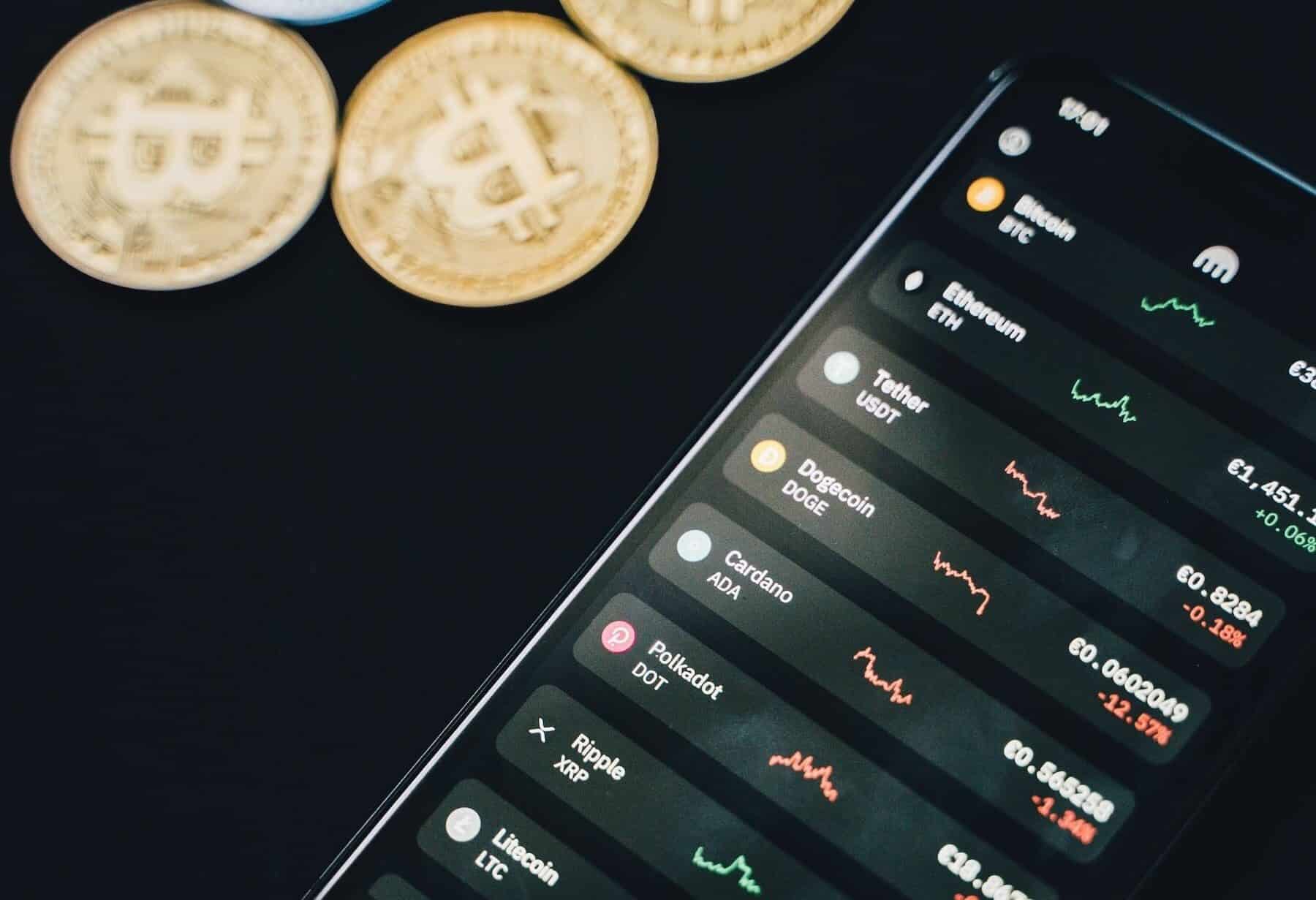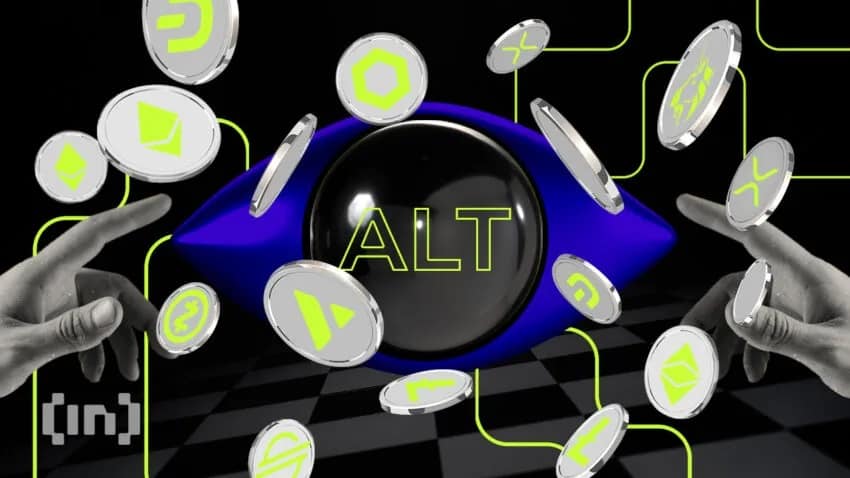What is crypto exchange liquidity? It’s the magic that makes your trades quick and easy. Think of it like the oil in your car’s engine—it keeps everything running smoothly. But when the oil runs low, things can start to grind to a halt. That’s how crucial liquidity is in the world of crypto trading. With enough of it, buying and selling your digital coins feels like a breeze; without it, your trades may slow down or get stuck. So, let’s dive in and unravel the mystery that keeps your crypto journey as smooth as silk!
Demystifying Crypto Exchange Liquidity
Understanding Liquidity in Cryptocurrency Markets
Imagine you’re at a busy market. You can buy or sell goodies fast because many folks are trading. That’s like high liquidity in crypto markets. If few people trade, you wait longer, like in a quiet market. That’s low liquidity. In crypto, liquidity means swapping digital coins easily without changing their price much.
High liquidity is good for everyone. It makes trading quick and prices fair. You can buy or sell big without worrying about the price moving too much. Plus, when the market’s liquid, it’s a sign that things are healthy and many people trust in trading.
Trading Volume and Its Relationship with Liquidity
Let’s talk about trading volume. It’s simply how much of a coin gets traded over time. The more a coin is traded, the more liquid it is. Easy, right? This volume shows if a coin is popular and easy to trade. More trading means you’re more likely to find someone to trade with you. It makes buying and selling smoother.
But wait, there’s more. When a lot of people want to trade a coin, it also means the price doesn’t jump around as much. For traders, that’s great news. Stable prices and the chance to trade quick? Yes, please!
To wrap it up, whether you’re new or a pro in crypto, always look at liquidity. It’s the secret sauce to trading without hiccups. And now you know, easy trading and fair prices start with good liquidity. Keep it in mind and happy trading!
The Mechanics Behind Crypto Exchange Liquidity
The Role of Liquidity Pools in Digital Currency
Imagine a big pool where digital cash flows with ease. This is what we call liquidity pools in digital currency. They are like shared pots of money. People add their crypto to these pools. In return, they get a reward. The more people chip in, the bigger the pool gets. When you want to trade, you dip into this pool. It makes trading quick and smooth. No need to wait for someone to take the other side of your trade.
These pools are crucial for understanding liquidity in cryptocurrency markets. They hold multiple tokens. This lets you swap one token for another without a middleman. Everyone wins with deep liquidity crypto meaning. Traders can buy or sell large amounts without big price changes. The pool stays healthy with a good balance of different coins.
How Automated Market Makers (AMMs) Facilitate Liquidity
Now, let’s peel back another layer. How do these pools stay balanced? Enter Automated Market Makers or AMMs. These are not your usual market pros. They are smart programs running on computers. They keep the pool levels in check. They use math formulas to set the price for tokens. This depends on how many are in the pool.
Trading volume and liquidity are best buds. When many people trade, the pool moves a lot. It can shift up and down. But thanks to AMMs, there’s less bumpiness. High liquidity benefits for traders are clear. They get better prices and faster trades. The impact of liquidity on crypto trading is huge.
Order book depth in exchanges shows how much is up for grabs. A deep book means lots of orders are waiting to be filled. Picture it as a hearty meal ready to be eaten. It tells you the market can take big trades. Slippage in cryptocurrency exchanges then jumps in. It’s like the slipperiness between the price you want and the price you get. Less slippage is good. It means you trade at close to your wanted price.
In all this, the liquidity provider role in crypto is like super helpers. They feed the pool with their tokens. This keeps the market moving. The more they put in, the better it is for all. Liquidity mining in DeFi is another cool twist. Here, folks earn extra tokens just for joining the pool party.
Remember, this is a huge deal for your trading journey. A market that flows well is a happy place for your trading moves. You get in and out at good prices. You see, exchange liquidity metrics guide us like a map. They show the health of the market. We always aim for the sweet spot where trading feels like a breeze.
Let’s keep unlocking these secrets together. The more you get it, the better your trades can be. Keep exploring, keep trading, and dive into those liquidity pools with confidence!
Analyzing Liquidity Impact on Trades and Prices
Order Book Depth and Its Influence on Trading Decisions
Let’s dive into what the depth of an order book means for someone playing the crypto game. Think of an order book like a list at your local shop. It shows what people want to buy, the prices they’re willing to pay, and how much there is. The deeper this book, the better it is for traders. More depth means you’ve got a lot to choose from. This is crucial for understanding liquidity in those tricky cryptocurrency markets.
Now, if you’re trying to sell, and the order book is deep, you’re in luck! You can sell without making the price fall too much. That means more money in your pocket. On the flip side, if the order book is shallow, selling even a little can make prices drop like a hot potato.
When making trades, look at the order book’s depth to help you make smart moves. A thick book can mean fewer surprises in price when you hit “sell.” So in a market with deep liquidity crypto value doesn’t jump around as much.
Slippage in Cryptocurrency Exchanges and Its Effect on Traders
Ever heard folks talk about slippage in cryptocurrency exchanges? Here’s the scoop. Imagine you want to buy a candy bar for a buck. You go to pay, but oops, the price is now a buck and a dime. That extra dime is slippage. It squeezes into trades when there isn’t enough crypto exchange liquidity. This happens a lot in fast and wild markets.
For traders, slippage can be a real pain. It’s like thinking you got a deal on a sweet bike, only to find there was a hidden cost. When you trade in a market with high slippage, it’s harder to guess the price you’ll end up paying. It can eat into your winnings or bump up your costs.
Traders love when slippage stays low. It means they can guess their trade prices better. This peace of mind is high liquidity benefits for traders. It’s like knowing exactly how much you’ll pay each time you go shopping.
To keep slippage small, you want a lot of action in the market — lots of buying and selling. This is where understanding stuff like liquidity pools in digital currency and automated market makers (AMMs) is handy. They help fill the order book, keeping trades smooth and slippage tiny. In fact, the role of liquidity providers in crypto and liquidity mining in DeFi can pump even more life into the market.
So when you’re looking to trade, remember these points. A deep order book and low slippage are your best buds. They make sure your trade is less of a gamble and more of a smart move. Keeping an eye on exchange liquidity metrics can help, but we’ll explore that another time.
Strategies and Practices for Maintaining Robust Exchange Liquidity
The Importance of Liquidity Providers and Mining in DeFi
Have you ever heard of liquidity providers? They are the unsung heroes of crypto trading. They add their coins to a pool to make trades smooth for everyone. Think of them as generous souls in the crypto world. They keep the gears turning and the trades flowing. Now, let’s chat about DeFi, or decentralized finance. In DeFi, anyone can be a liquidity provider. And they earn! They get fees from trades happening in their pool. This is called liquidity mining, and it’s a big deal in DeFi.
Why do people do liquidity mining? Easy – it’s for the rewards. By adding their assets to a pool, they earn a cut of the trading fees. Cool, right? This practice not only provides them with income, but also bolsters the market. More coins in the pool mean better liquidity. This is a win-win—it helps traders and rewards those providing the assets.
Evaluating the Impact of Hot Wallets and Cold Storage on Liquidity
What’s a hot wallet, you might wonder? It’s a digital wallet that’s online and ready for action. It makes trading fast because when you want to buy or sell, it’s all set to go. Now think of cold storage as a safe. It’s super secure but not quick to access. Hot wallets can provide instant liquidity due to their connectedness. But, cold storage holds assets away from the exchange. It’s less risky but slower to lend a hand in trading.
When most of an exchange’s assets are in cold storage, trades might stall. This is because getting assets out takes time. But when they use hot wallets more, trading speeds up big time. So, finding a balance between hot and cold is key. It keeps trades fast and smooth while also staying safe from hackers. That’s the magic recipe for keeping your assets secure and your trades quick.
In this post, we’ve explored what makes a crypto exchange work well. A big part is liquidity. It’s all about how easy you can buy or sell without affecting the price too much. We saw how trading volume is a key part. More trades mean better liquidity.
We also looked at the nuts and bolts of exchange liquidity, like liquidity pools. They hold the crypto and let you trade even when there’s no direct buyer or seller. Automated Market Makers keep things moving by setting prices people can trade at right away.
We then learned how liquidity impacts our trades. A deep order book can mean better prices for us. But watch out for slippage; it can change the price we pay in fast-moving markets.
Lastly, we talked about keeping exchanges flowing smoothly. Liquidity providers and mining play huge roles, especially in DeFi. And we can’t forget how hot wallets and cold storage affect how much cash is available.
To sum it up, good liquidity means a smooth ride for everyone buying and selling crypto. Get it right, and trading’s a breeze. Get it wrong, and you hit roadblocks. Keep these tips in mind, and you’ll understand the flow of your digital dollars better. Happy trading!
Q&A :
What is liquidity in a cryptocurrency exchange?
Liquidity in a cryptocurrency exchange refers to how easily and quickly a digital asset can be bought or sold at stable, transparent prices. High liquidity indicates that there are many buyers and sellers and that transactions can occur swiftly without causing significant price changes. Conversely, low liquidity means fewer market participants, which can lead to more volatile prices and difficulties executing large trades without impacting the market.
How does liquidity impact traders on crypto platforms?
Liquidity impacts traders on crypto platforms by influencing both the execution speed and the price stability of their trades. High liquidity allows traders to execute large orders without causing substantial price fluctuations, ensuring tighter spreads between the buy and sell prices. In low-liquidity environments, traders may experience slippage, where the executed price differs from the expected price, and they may struggle to find counterparties for their transactions.
Why is liquidity important for a crypto exchange’s health?
Liquidity is crucial for a crypto exchange’s health because it fosters a conducive trading environment. It enables faster transactions, fair and stable prices, and the ability to accommodate larger volumes without dramatically moving the market. This attracts more traders, creating a virtuous circle of increased market participation, which in turn maintains or improves liquidity.
How do crypto exchanges enhance their liquidity?
Crypto exchanges enhance their liquidity by implementing various strategies such as incentivizing market makers to provide constant buy and sell orders, integrating with larger liquidity pools, offering competitive fees, and providing a robust, user-friendly trading infrastructure. Exchanges also sometimes partner with other exchanges to pool liquidity and ensure better market depth.
Can liquidity affect the security of a crypto exchange?
While liquidity itself doesn’t directly affect the security of a crypto exchange, it can indirectly influence trader perception and behavior. High liquidity is often a sign of a reputable and stable exchange, which can lead traders to feel more secure in their transactions. Conversely, low liquidity might raise concerns about the exchange’s solvency and reliability, potentially making it a less attractive target for hackers compared to larger, more liquid platforms.


